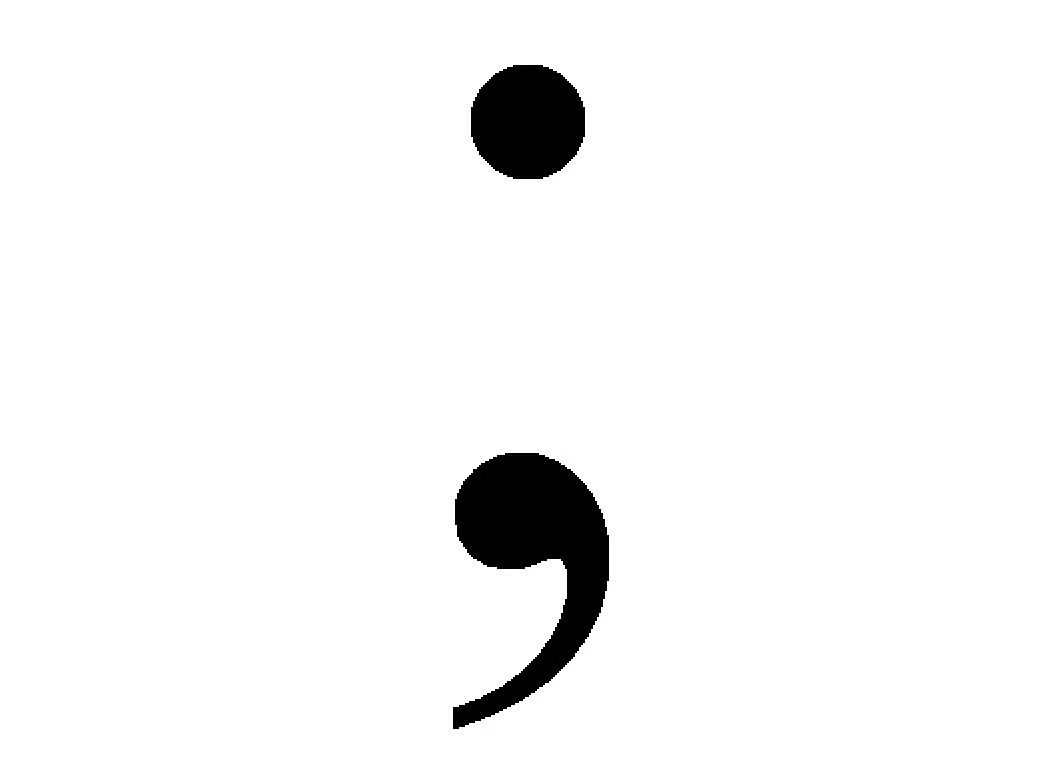The serial comma (also known as the Oxford comma) is a very controversial punctuation mark! It is so controversial that it was recently featured in a news article on the CNN website, ‘Should we give a damn about the Oxford comma?’
What Is a Serial Comma?
The Macquarie Dictionary (2017) defines the ‘serial comma’ as:
The comma used before a conjunction linking the final item in a series, as in Portugal, Spain, and France where the comma after Spain is the serial comma.
When Do I Use the Serial Comma?
The simple answer is that in Australia and New Zealand, we don’t routinely make use of the serial comma. That means you definitely don’t put it before every ‘and’ in a list of more than two items. In fact, we only use it when it is necessary for clarity or to avoid confusion.
Avoiding Ambiguity
In the following example, the ‘and’ internal to the second-last list item makes it unclear whether the third-listed item should be ‘rate of pay and type of benefits’ or ‘rate of pay’ only, with the fourth-listed item as ‘type of benefits and reported level of support’. Using the serial comma clarifies this:
Four aspects will be considered: time in classroom, experience, rate of pay and type of benefits, and reported level of support.
In that example, the distinction might not seem that important. But as the CNN article reports, there have been many court cases over ambiguity caused by the presence or absence of a comma! This was the case for a group of truckers in Maine:
If you were a trucker reading that union rules deny you overtime pay for ‘the canning, processing, preserving, freezing, drying, marketing, storing, packing for shipment or distribution of agricultural produce,’ would you consider yourself due overtime payment nevertheless for distribution? That is, as opposed to packing things for shipping and distribution?
Truckers for Oakhurst Dairy in Maine have been granted back overtime pay for having distributed product as opposed to packing it, because though the writers of the contract meant that overtime would not be granted for distribution either, this is not clear when there is no comma after shipment. The drivers’ lawyer has successfully argued that the contract appears to stipulate that overtime won’t be granted for, only, the packing of things for future shipping and distribution. (McWhorter, 2017)
Serial Commas in Referencing Guides
It is a common misconception that referencing guides need to be followed to the point of including American punctuation (e.g. using the serial comma and double quotation marks) and date formats, even when British/Australian English has been used in the document.
Guides such as APA and Chicago use American punctuation because they were originally created by American institutions for an American audience. When Australian institutions have adopted them, many of them have failed to correctly alter their guides to reflect the correct use of British/Australian English.
If British/Australian English has been applied to the document, it should be applied to the referencing style also. This means undergraduate and postgraduate students at Australian and New Zealand universities shouldn’t be using the serial comma in their referencing.
So, an in-text reference in APA would look like this in a thesis to be submitted to an Australian university, (Lines, Kitaoji & Martin, 2017), and it would only look like this—using the serial comma—if it were to be submitted to a US university, (Lines, Kitaoji, & Martin, 2017).
You can take a look at our referencing guides for further information about this, and clear advice on how to reference your essays and theses correctly.
What about American English?
It is more common in American English to routinely make use of the serial comma, so it would be used in a list like ‘apples, bananas, and oranges’. In her article on the topic, Grammar Girl argues for the consistent use of the serial comma.
Stay tuned for more articles on the differences between British/Australian and American English!





